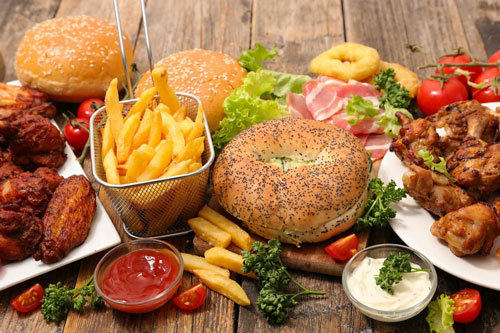FOOD addiction remains a controversial topic in the scientificcommunity.
The concept is driven in part by concerns surrounding the increasing rates of obesity in the United States and elsewhere in the world.
In this Honest Nutrition feature, we explain what the science says and address the question: Is food addiction real?
Food addicti-onTrusted Source is a concept that researchers use to describe compulsive eating habits in humans, which may resemble addiction-like behaviors.
Research indi-catesTrusted Source that some individuals may be more likely than others to experience addiction to palatable foods — meaning foods that are high in fat and sugar.
Other studie-sTrusted Source suggest that those who may experience food addiction exhibit “seeking” behaviors, as well as other symptoms and cravings similar to those that people typically experience as part of a substance use disorder.
There is no universally accepted clinical definitionTrusted Source of “food addiction,” and the Diagnostic and Statistical Manual of Mental Disorders (DSM-5) does not list it as a condition. However, researchers have identified some behaviors associated with this concept.
These include: What do we know about food addiction?
Publications from 2009Trusted Source, 2011Trusted Source, 2016, 2018Trusted Source, and 2019Trusted Source, among others, have highlighted that palatable foods — or even foods in general — stimulate the same parts of the brain and share the same neuronal activities as illicit substances.
The hippocampus, caudate, and insula are three brain regions that researchers have pinpointed as being implicated in this relationship.
For instance, foods and illicit substances both result in the release of the hormones, such as dopamine, and endogenous opioidsTrusted Source that the body naturally produces.
These hormones are a part of the “reward systemTrusted Source” — or the mesolimbic circuit — in the brain, which is responsible for motivation, want, desire, and cravings.
Some studies even suggest that it is the anticipationTrusted Source of food rather than the consumption itself that may trigger food addiction — a “seeking” behavior that people with substance use disorder often display.
For example, people may crave a sugary beverage because it makes them feel good due to the release of dopamine rather than because they genuinely enjoy drinking that beverage.










